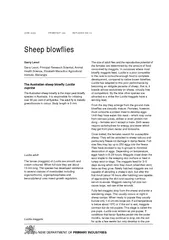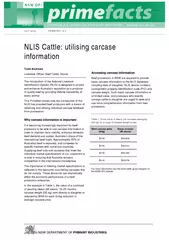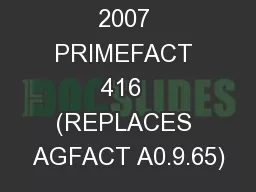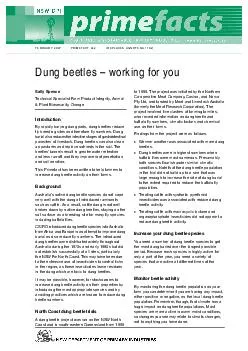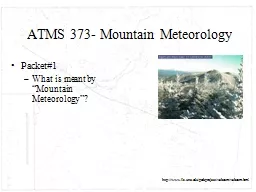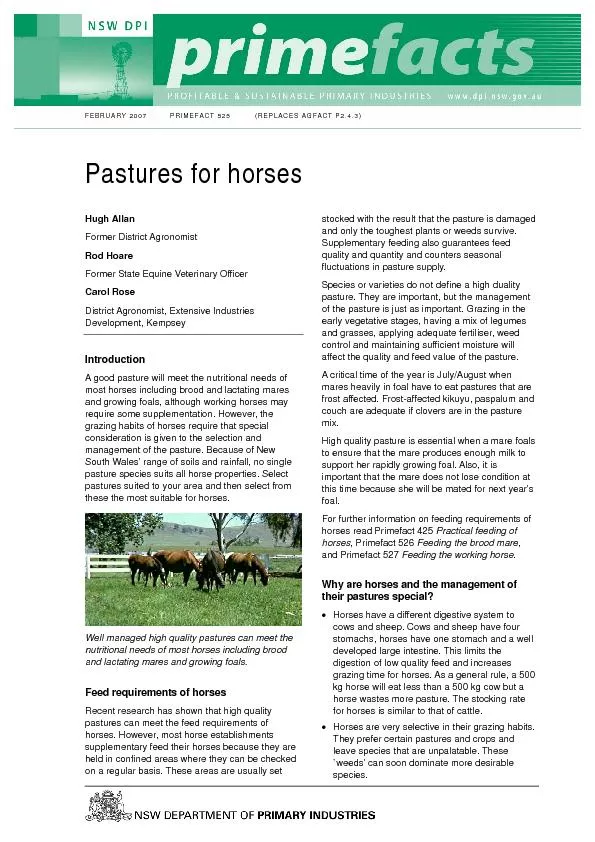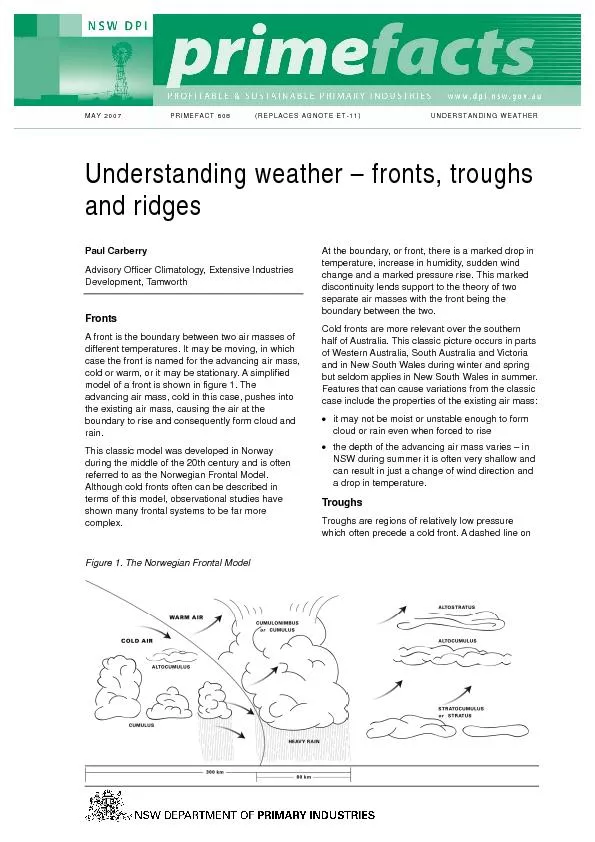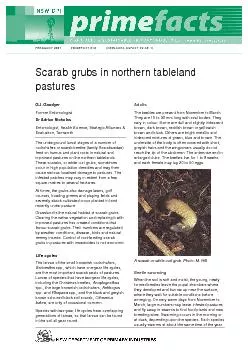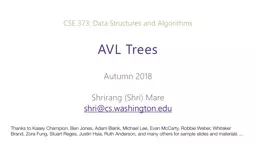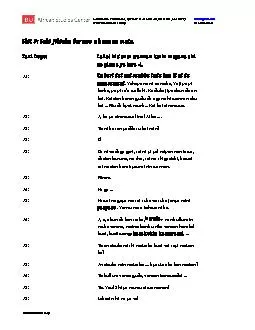PDF-SEPTEMBER 2007 PRIMEFACT 373 (REPLACES AGNOTE DAI-232) Rebecca Arnott
Author : yoshiko-marsland | Published Date : 2015-07-25
Former Livestock Research Officer A severe frost late in the growing season may drastically reduce yield and quality of cereal crops Frostdamaged crops unsuitable
Presentation Embed Code
Download Presentation
Download Presentation The PPT/PDF document "SEPTEMBER 2007 PRIMEFACT 373 (REPLACES ..." is the property of its rightful owner. Permission is granted to download and print the materials on this website for personal, non-commercial use only, and to display it on your personal computer provided you do not modify the materials and that you retain all copyright notices contained in the materials. By downloading content from our website, you accept the terms of this agreement.
SEPTEMBER 2007 PRIMEFACT 373 (REPLACES AGNOTE DAI-232) Rebecca Arnott: Transcript
Download Rules Of Document
"SEPTEMBER 2007 PRIMEFACT 373 (REPLACES AGNOTE DAI-232) Rebecca Arnott"The content belongs to its owner. You may download and print it for personal use, without modification, and keep all copyright notices. By downloading, you agree to these terms.
Related Documents


